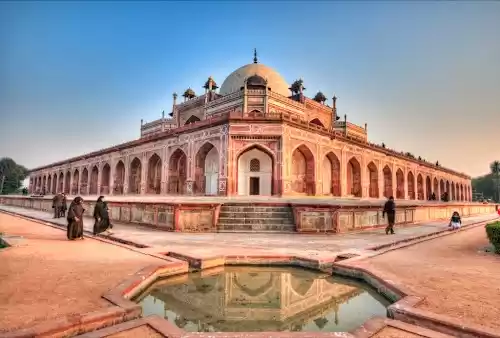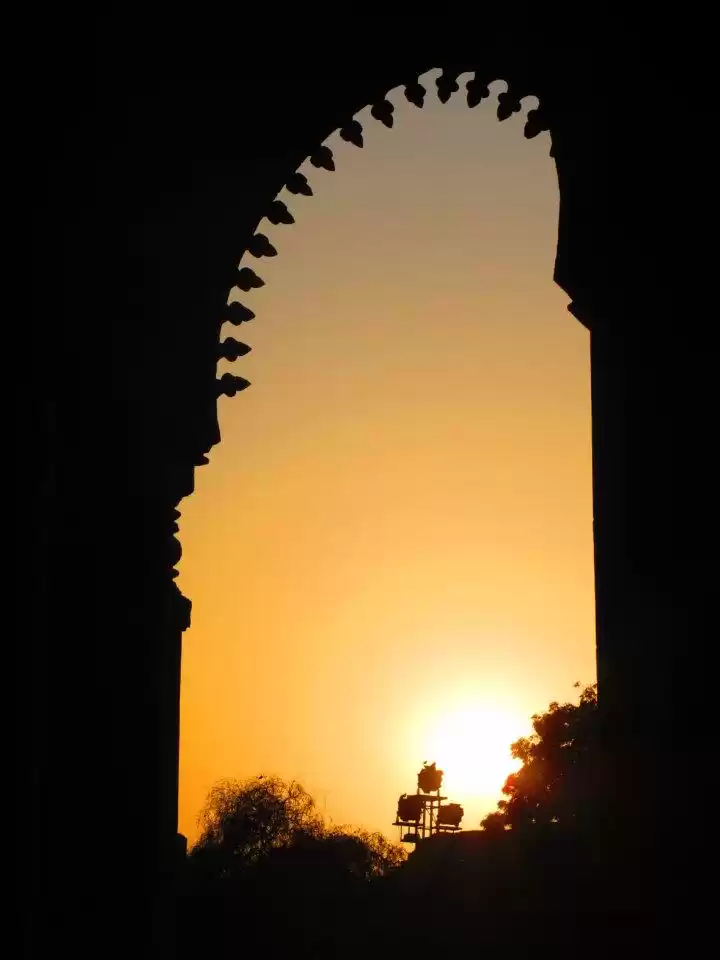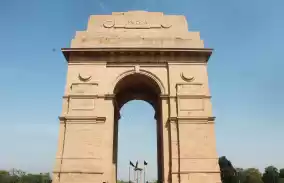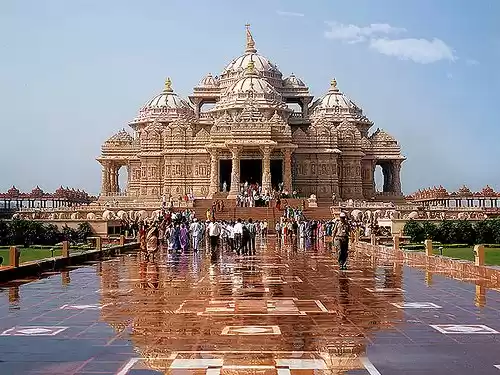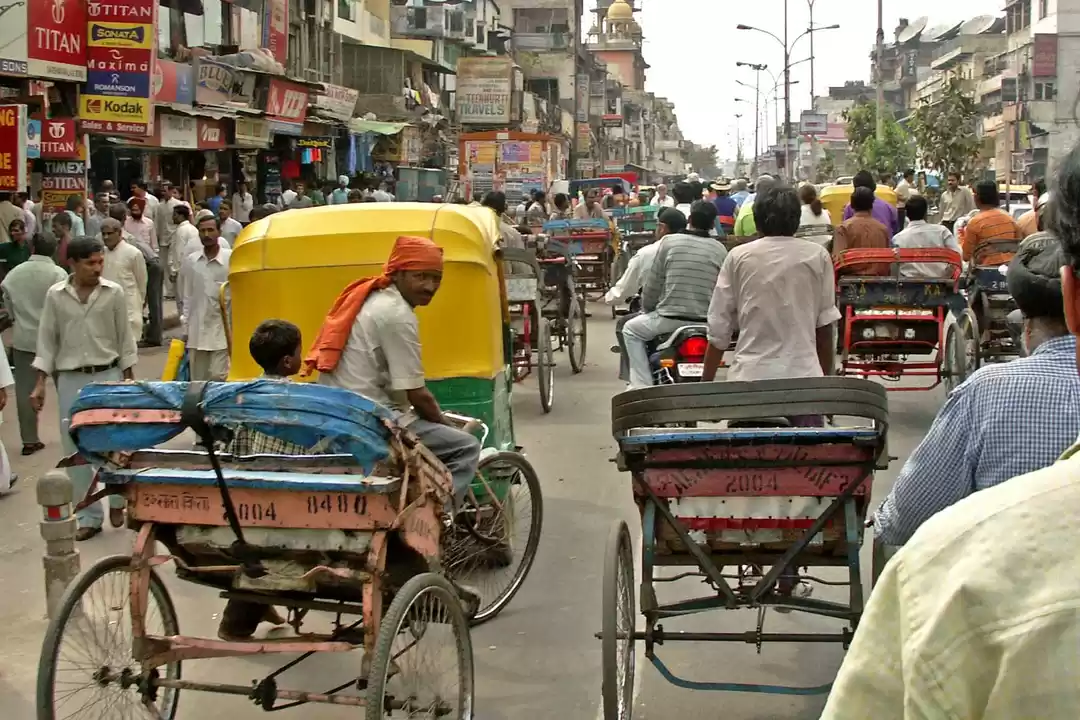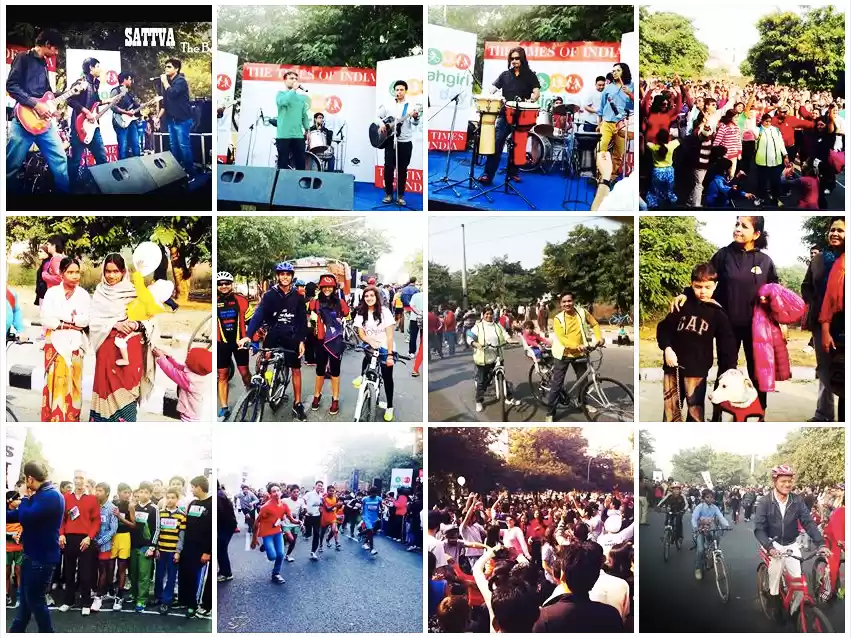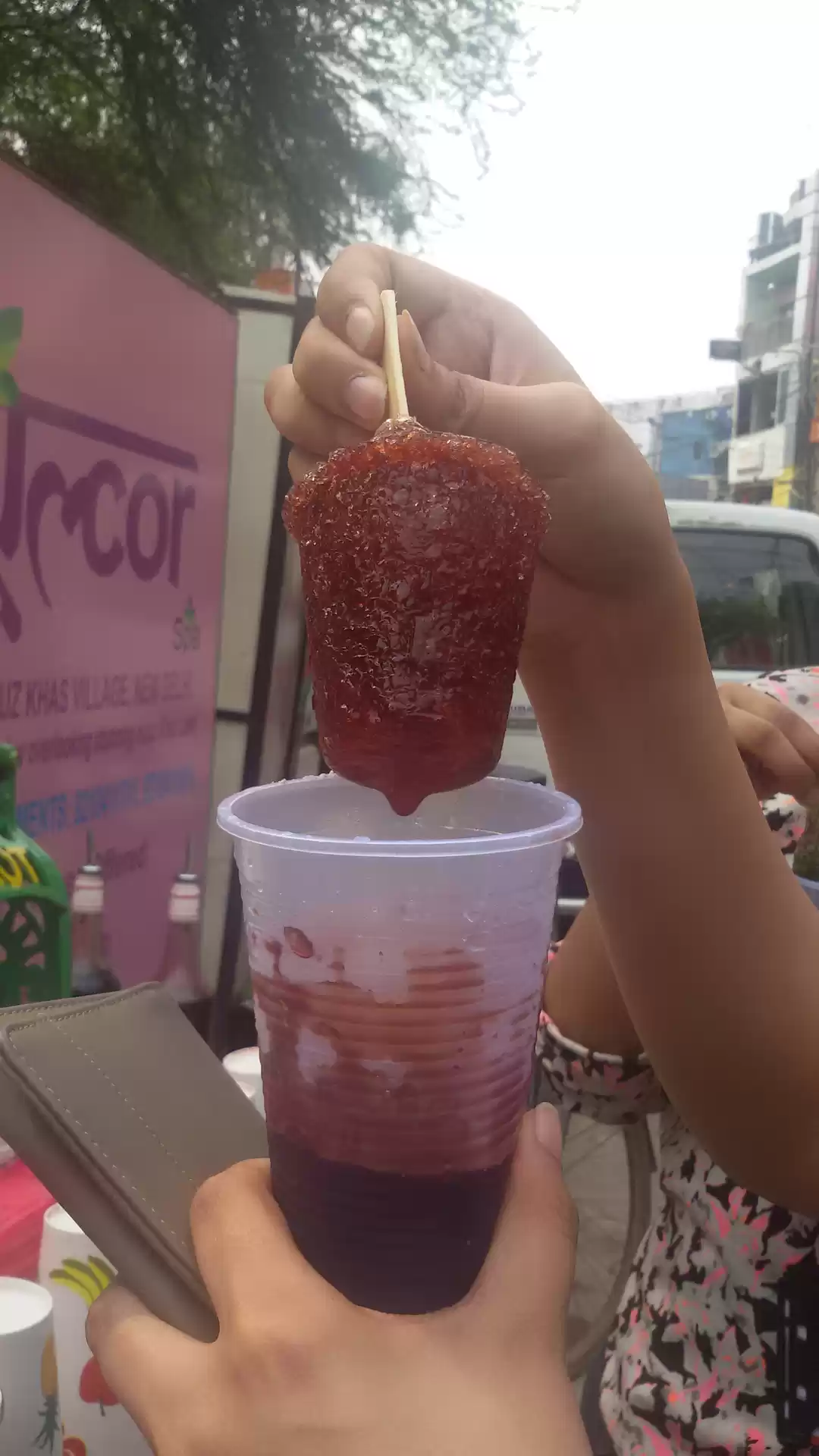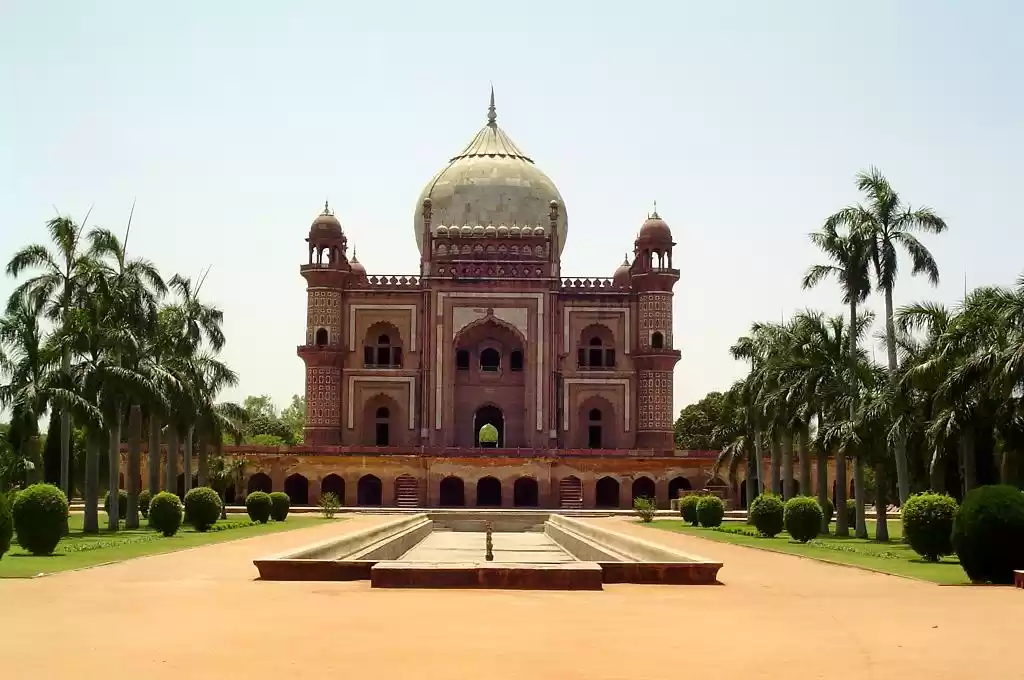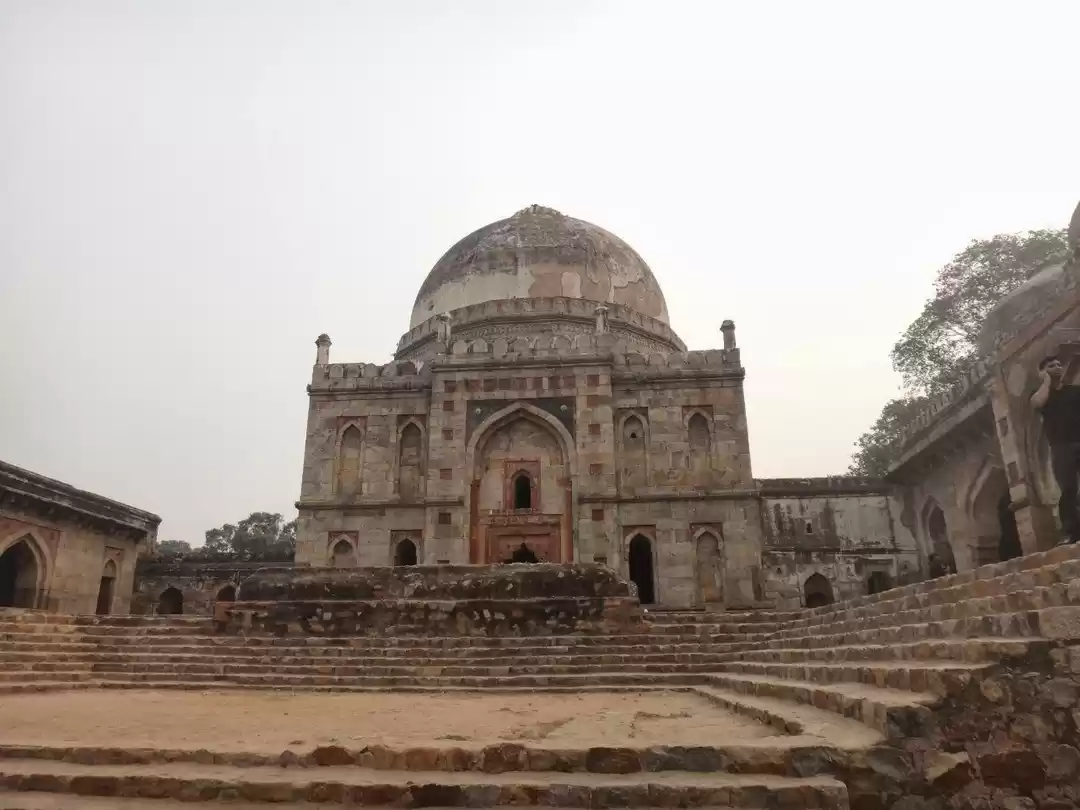If you are looking for a place to escape the hustle and bustle of Delhi, Yamuna Ghat is a perfect choice. Yamuna Ghat is a stretch of land along the banks of the Yamuna river, where you can witness the beauty and diversity of nature, culture, and history.
Whether you want to go boating, birdwatching, photography, or just chill, Yamuna Ghat has something for everyone. In this article, we will provide you with a comprehensive guide on how to visit, enjoy, and learn more about Yamuna Ghat, a hidden gem in Delhi.
How to Reach Yamuna Ghat
Yamuna Ghat is located in the north-east part of Delhi, near the Old Delhi railway station. The easiest and cheapest way to reach Yamuna Ghat is by metro. You can take the yellow line to Kashmere Gate station, and then change to the red line to Shastri Park station. From there, you can either take an auto or walk for about 2 km to reach Yamuna Ghat. The metro fare is around Rs. 30, and the auto fare is around Rs. 50.

Alternatively, you can also take a cab or a bus to Yamuna Ghat, but be prepared to face some traffic and pollution on the way. The cab fare is around Rs. 200, and the bus fare is around Rs. 20. You can use apps like Google Maps or Ola to find the best route and mode of transportation for you.
Once you reach Yamuna Ghat, you will see a gate that leads to the river bank. You can enter the gate and walk along the path to explore the different ghats or sections of Yamuna Ghat.
Which Ghat to Go
Yamuna Ghat is divided into several ghats or sections, each with its own features and advantages. Some of the most popular and recommended ghats are:

Nigambodh Ghat:
This is the oldest and most sacred ghat of Yamuna Ghat, where Hindus perform cremation and other rituals. It is also a good spot to watch the sunrise and the birds, especially in the winter months. You can also see the famous iron bridge, which connects Delhi and Noida, from this ghat.

Raj Ghat:
This is the ghat where Mahatma Gandhi, the father of the nation, was cremated. It is now a memorial site, where you can pay your respects and learn more about his life and legacy. You can also see the eternal flame, which burns continuously at the ghat.

Shanti Van:
This is the ghat where Jawaharlal Nehru, the first prime minister of India, was cremated. It is now a beautiful garden, where you can relax and enjoy the greenery and the flowers. You can also see the memorials of other prominent leaders, such as Lal Bahadur Shastri, Indira Gandhi, and Rajiv Gandhi, near this ghat.

Yamuna Biodiversity Park:
This is a ghat that is part of a conservation project, where you can see a variety of flora and fauna, such as wetlands, grasslands, forests, and birds. You can also take a guided tour or a nature walk to learn more about the biodiversity and ecology of Yamuna Ghat.
Depending on your purpose and preference, you can choose the best ghat or combination of ghats for your visit. You can also visit more than one ghat, as they are all connected by a path along the river bank.
What to See and Do at Yamuna Ghat
Yamuna Ghat offers a lot of attractions and activities that you can see and do, such as:
Boating:
One of the most popular and enjoyable activities at Yamuna Ghat is boating. You can hire a boat or a paddle boat from the local boatmen, and cruise along the river. You can admire the view of the river, the bridge, the birds, and the skyline of Delhi. You can also experience the tranquility and the freshness of the air. The boating fee is around Rs. 100 per person, and the boating time is around 30 minutes.
Feeding the birds:
Another fun and rewarding activity at Yamuna Ghat is feeding the birds. You can buy some grains or bread from the nearby shops, and feed the hundreds of birds that flock to the river. You can see different kinds of birds, such as seagulls, ducks, herons, egrets, and cormorants. You can also take some amazing photos of the birds and their antics. The feeding cost is around Rs. 20 per packet, and the feeding time is around 15 minutes.
Watching the sunrise:
One of the most beautiful and serene sights at Yamuna Ghat is watching the sunrise. You can arrive at the ghat before dawn, and witness the sun rising from the horizon. You can see the sky changing colors, from dark to light, from purple to orange. You can also see the reflection of the sun on the water, creating a magical effect. The sunrise time varies depending on the season, but it is usually around 6 am to 7 am.
Photography:
One of the most rewarding and creative hobbies at Yamuna Ghat is photography. You can capture some stunning shots of the river, the bridge, the birds, the sunrise, and the people. You can also experiment with different angles, perspectives, and filters. You can use your smartphone, camera, or drone to take photos. You can also share your photos on social media or blogs, and get likes and comments from your friends and followers.
While visiting Yamuna Ghat, you should also follow some safety precautions and rules, such as:
- Wear a life jacket while boating, and do not lean over the edge of the boat
- Avoid littering or polluting the river or the ghat, and dispose of your waste properly
- Respect the locals and their customs, and do not disturb or offend them
- Do not enter the restricted or dangerous areas, and follow the instructions of the authorities
When to Visit Yamuna Ghat
Yamuna Ghat is open throughout the year, but the best time to visit Yamuna Ghat is from October to March, when the weather is pleasant and the fog is thick. You can enjoy the cool breeze and the misty atmosphere, and see the dreamy look of Yamuna Ghat. You can also see more birds and flowers during this time, and celebrate some festivals, such as Diwali, Holi, and Makar Sankranti.
You can also visit Yamuna Ghat from April to June, when the weather is hot and the sun is bright. You can experience the heat and the dust, and see the clear view of Yamuna Ghat. You can also see some water sports and activities, such as jet skiing, kayaking, and rafting.
You can also visit Yamuna Ghat from July to September, when the weather is rainy and the river is full. You can enjoy the monsoon and the greenery, and see the majestic flow of Yamuna Ghat. You can also see some cultural and religious events, such as the Yamuna Aarti, the Chhath Puja, and the Ganesh Visarjan.
The History and Culture of Yamuna Ghat
Yamuna Ghat has a rich and long history and culture, dating back to ancient times. Some of the interesting and relevant facts and stories about Yamuna Ghat are:
- Yamuna Ghat is named after the Yamuna river, which is one of the most sacred and important rivers in Hinduism. The river is believed to be the daughter of the sun god, Surya, and the sister of the god of death, Yama. The river is also associated with the love story of Krishna and Radha, who used to play and romance on its banks.
- Yamuna Ghat is also the site of many historic and significant events and monuments, such as the Red Fort, the Jama Masjid, the Chandni Chowk, and the Delhi Gate. These places reflect the glory and diversity of the Mughal, British, and Indian eras, and their influence on the architecture, art, and culture of Delhi.
- Yamuna Ghat is also the place of many festivals and rituals, such as the Yamuna Aarti, the Chhath Puja, and the Ganesh Visarjan. These festivals celebrate the reverence and gratitude for the river, the sun, and the elephant god, respectively. They also showcase the colorful and vibrant spirit of the people of Delhi, who gather at Yamuna Ghat to pray, sing, dance, and enjoy.
The Environmental Issues and Initiatives of Yamuna Ghat
Yamuna Ghat is facing some serious and urgent environmental issues and challenges, such as:
Pollution:
Yamuna Ghat is one of the most polluted places in Delhi, as the river receives tons of sewage, industrial waste, and garbage every day. The pollution affects the quality and quantity of the water, the health and diversity of the aquatic life, and the beauty and safety of the ghat.
Degradation:
Yamuna Ghat is also suffering from the loss and damage of its natural and cultural heritage, as the river bank is eroded, the ghats are neglected, and the monuments are vandalized. The degradation affects the identity and value of the ghat, and the pride and respect of the people.
Encroachment:
Yamuna Ghat is also threatened by the illegal and unauthorized occupation and construction of the land, as the river bed is filled, the floodplains are encroached, and the slums are expanded. The encroachment affects the ecology and hydrology of the ghat, and the rights and livelihoods of the locals.
To address these issues and challenges, there are some existing and proposed initiatives and solutions, such as:
Cleaning: Yamuna Ghat is undergoing some cleaning and restoration projects, such as the Yamuna Action Plan, the Maili Se Nirmal Yamuna Revitalization Project, and the Namami Gange Programme. These projects aim to improve the water quality and quantity, the biodiversity and ecology, and the aesthetics and hygiene of the ghat.
Conservation: Yamuna Ghat is also benefiting from some conservation and protection efforts, such as the Yamuna Biodiversity Park, the National Green Tribunal, and the Delhi Development Authority. These efforts aim to preserve and enhance the flora and fauna, the heritage and culture, and the planning and governance of the ghat.
Education: Yamuna Ghat is also receiving some education and awareness campaigns, such as the Yamuna Bachao Andolan, the Swechha, and the Delhi Greens. These campaigns aim to inform and inspire the public and the stakeholders, the students and the teachers, and the media and the policymakers, about the importance and urgency of saving Yamuna Ghat.
Yamuna Ghat is a hidden gem in Delhi, that offers a unique and relaxing experience for visitors. It is a place where you can witness the beauty and diversity of nature, culture, and history. It is also a place where you can see and do a lot of attractions and activities, such as boating, birdwatching, photography, or just chilling. However, Yamuna Ghat is also a place that needs your attention and action, as it is facing some serious and urgent environmental issues and challenges.
Therefore, we encourage you to visit, explore, and appreciate Yamuna Ghat, and also to support and participate in the initiatives and solutions that are working to save Yamuna Ghat. We hope you enjoyed this article, and we would love to hear your feedback, suggestions, or questions about Yamuna Ghat.
Please feel free to comment below, or contact us at Tripoto. Thank you for reading, and happy travelling!























